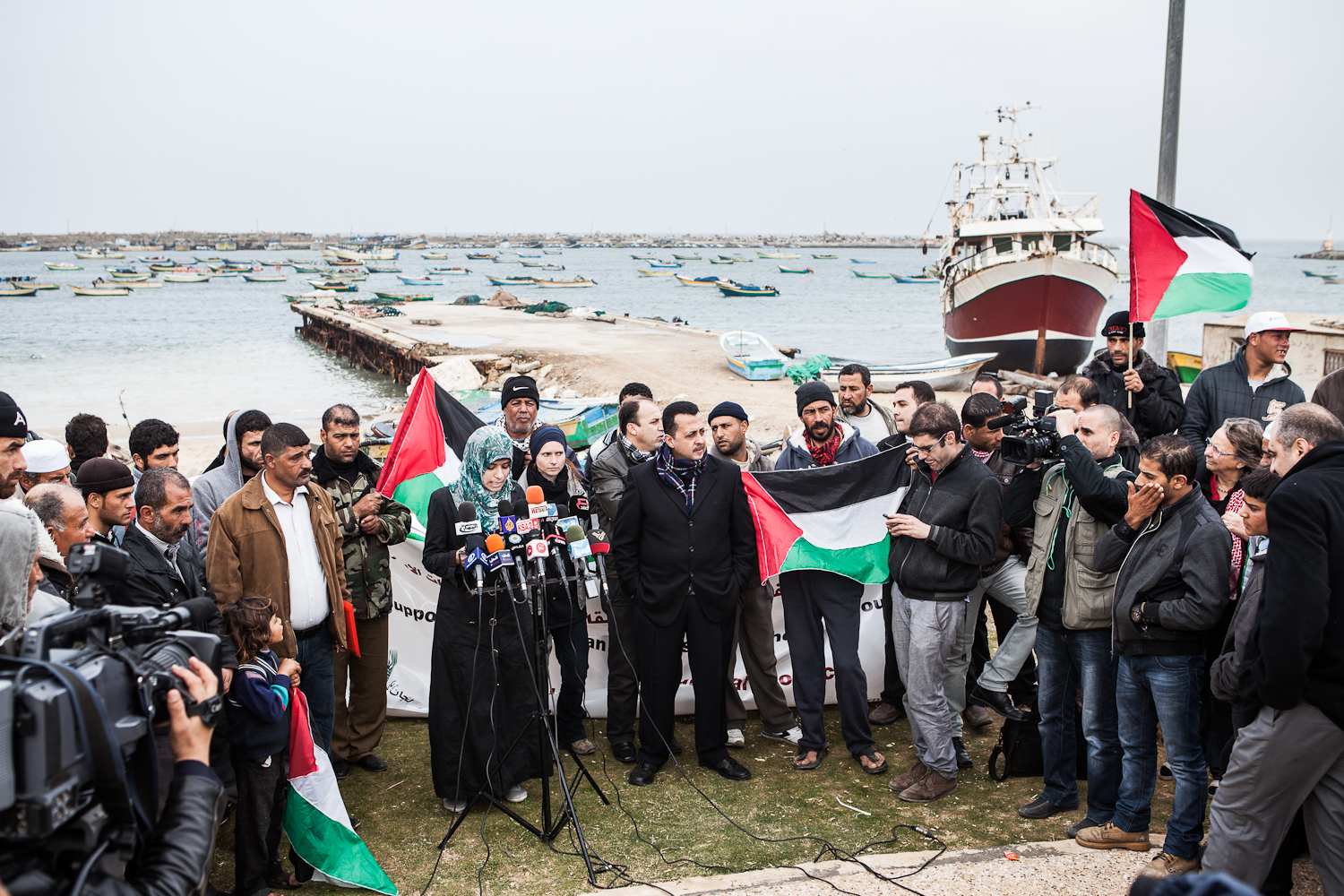Tag: Fishermen
-
International Day of Action for the Boycott of Israeli Agricultural Products in Gaza
Wednesday, 6th of February, 2013 | Gaza Strip, Occupied Palestine Today´s press conference in support of Palestinian farmers and fishermen held in the port of Gaza City launched several days of activities leading up to the International Day of Action for the Boycott of Israeli Agricultural Products on Saturday 9th February. Speakers were from the…
-
Israel’s definition of a ceasefire
14 January 2013 | Beit Lahiya, Gaza Strip, Occupied Palestine Just three days after the fatal shooting of Anwar Al-Malouk near Jabalia, the Israeli military has murdered another Palestinian civilian despite a supposed ceasefire being in place. Mustafa Abu Jarad, 20, was one of a group of bird hunters working on a plot of land…
-
Gaza fishermen after the ceasefire [includes a video]
6 December 2012 | Johnny Barber On Wednesday 5th December, Gaza fishermen staged a peaceful protest in the port of Gaza City, in order to highlight the Israeli attacks on their livelihoods. They were supported by the local Fishing Union, the Union of Agricultural Work Committees and the Palestinian Centre for Human Rights. Gaza fishermen…


![Gaza fishermen after the ceasefire [includes a video]](https://palsolidarity.org/wp-content/uploads/2012/12/passing-a-beautiful-fishing-boat.jpg)